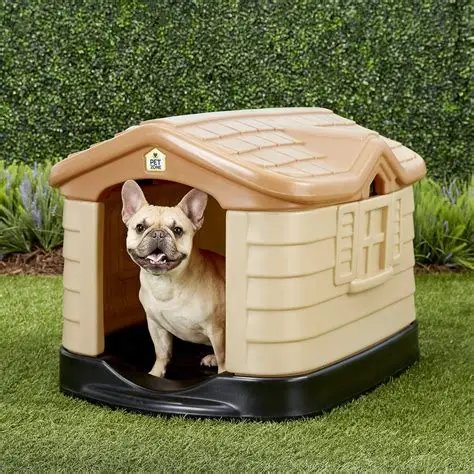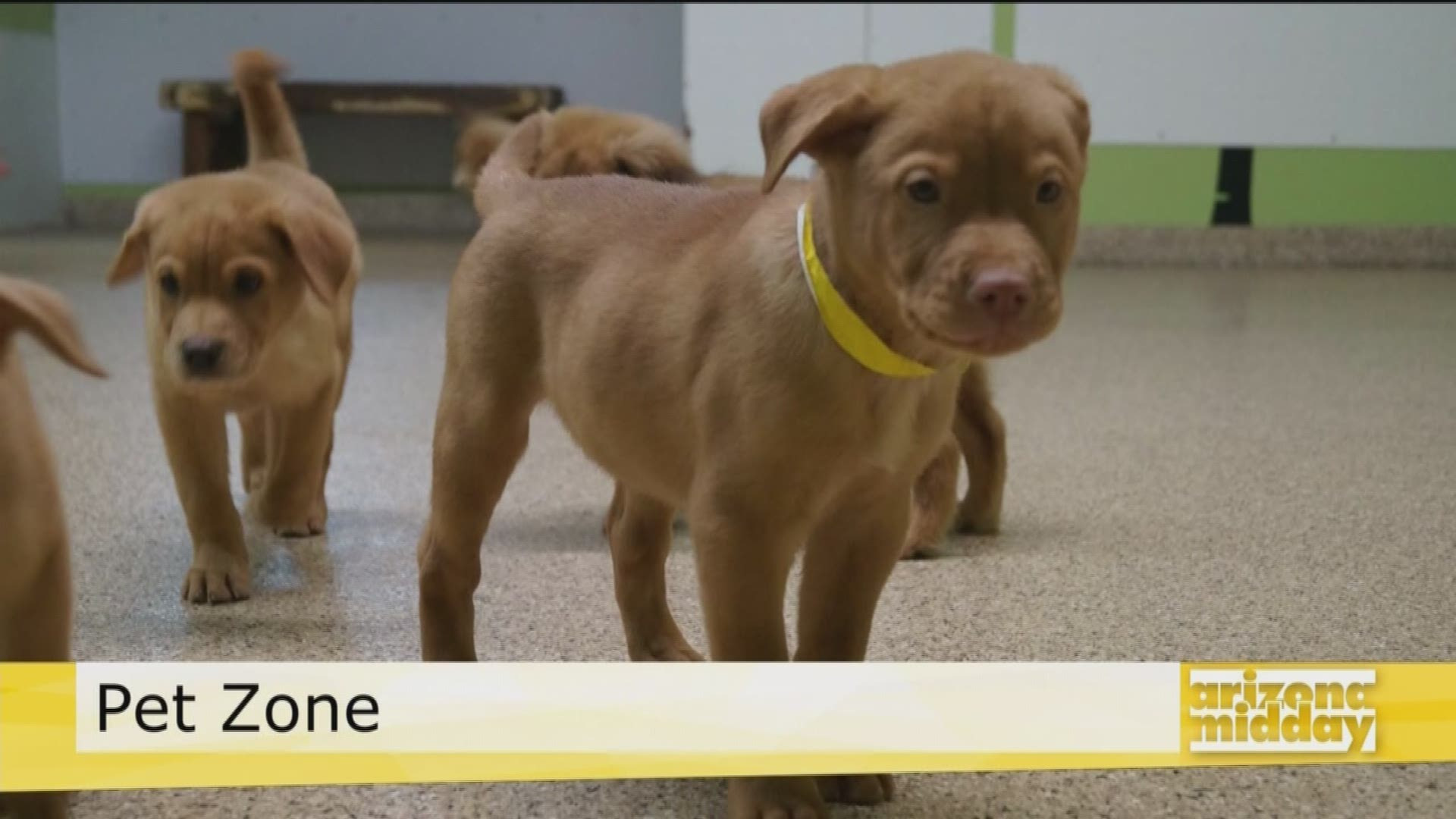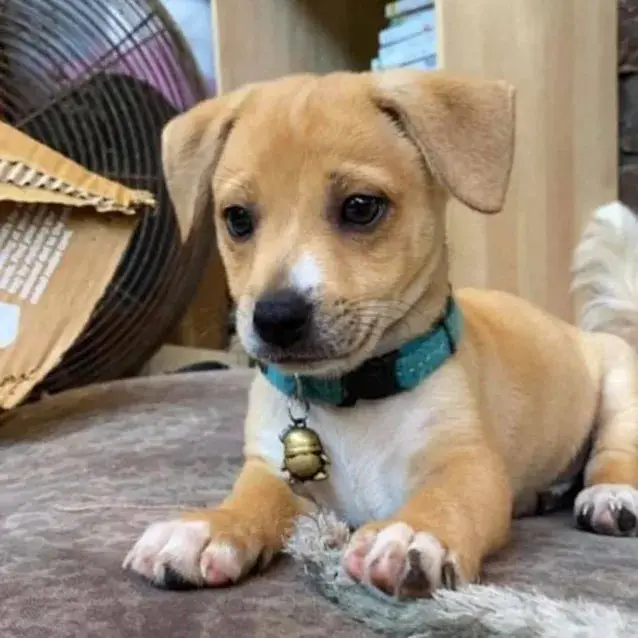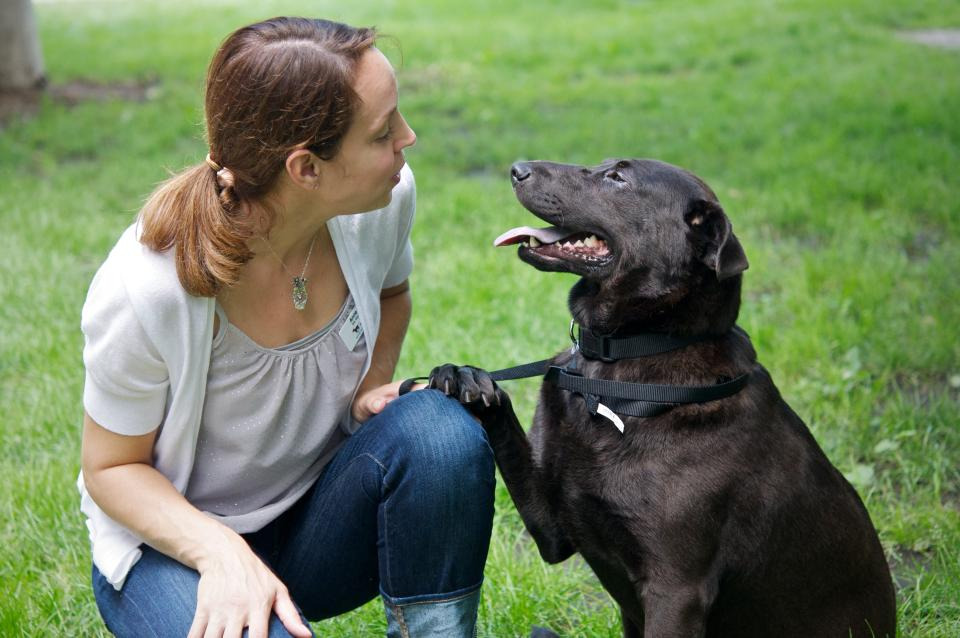In the realm of pet ownership, providing a safe and stimulating environment for our furry companions is a paramount concern. Pet zones, designated areas within our homes or outdoor spaces, serve as havens where pets can freely express their natural behaviors, engage in activities that promote their well-being, and simply enjoy the comfort of a space tailored to their needs.
Understanding the Importance of Pet Zones

Pet zones offer a multitude of benefits for both pets and their owners. For pets, these designated areas foster a sense of security and familiarity, providing a retreat where they can rest, play, and feel at ease. Pet zones also encourage pets to engage in appropriate behaviors, reducing the likelihood of destructive or disruptive actions.

For pet owners, pet zones promote a sense of order and organization within the home or outdoor space. By providing a dedicated area for pet belongings and activities, pet owners can minimize clutter and maintain a more harmonious living environment. Additionally, pet zones can serve as focal points for pet-related activities, fostering bonding experiences and strengthening the human-animal connection.
Designing Pet Zones for Different Pets

The specific design of a pet zone will vary depending on the type of pet and its individual needs. For dogs, a pet zone might include a comfortable bed, a selection of toys, and access to food and water. For cats, a pet zone could incorporate scratching posts, climbing structures, and cozy hideaways.
Regardless of the pet, certain general principles apply to creating a safe and enjoyable pet zone. These include:
- Location: Choose a location that is quiet, away from high-traffic areas, and easily accessible to your pet.
- Size: Ensure the pet zone is large enough to accommodate your pet’s activities and movements.
- Safety: Eliminate potential hazards, such as sharp objects, electrical cords, or poisonous plants.
- Comfort: Provide comfortable bedding, soft surfaces, and access to shade or warmth as needed.
Enhancing Pet Zones with Enrichment Activities

Enrichment activities are essential for promoting physical and mental stimulation in pets. These activities can help to prevent boredom, reduce stress, and encourage natural behaviors. Some examples of enrichment activities that can be incorporated into pet zones include:
- Food puzzles: These interactive toys challenge pets to work for their food, providing mental stimulation and slowing down their eating pace.
- Interactive toys: Toys that encourage chasing, retrieving, or pouncing provide physical exercise and mental stimulation.
- Scent work: Hiding treats or toys around the pet zone encourages pets to use their sense of smell, promoting mental engagement.
- Training sessions: Regular training sessions can provide mental stimulation and strengthen the bond between pet and owner.
Pet Zones: Fostering a Harmonious Living Environment

Pet zones play a crucial role in creating a harmonious living environment for both pets and their owners. By providing a safe, stimulating, and enriching space for our furry companions, we can enhance their well-being, promote positive behaviors, and strengthen the human-animal bond. Remember, a happy pet makes for a happy home!
Frequently Asked Questions (FAQs)
1. What are the different types of pet zones?
Pet zones can be categorized into two main types: indoor and outdoor. Indoor pet zones are typically located within the home, while outdoor pet zones are designated areas in the yard or garden.
2. How can I make my pet zone more inviting for my pet?
Personalize the pet zone to reflect your pet’s preferences and needs. Incorporate their favorite toys, colors, and scents to create a more appealing and stimulating environment.
3. How often should I clean my pet zone?
Regular cleaning of the pet zone is essential to maintain hygiene and prevent the spread of bacteria or parasites. Aim to clean the pet zone at least once a week, or more frequently if necessary.
4. What are some tips for introducing my pet to their new pet zone?
Introduce the pet zone gradually, allowing your pet to explore it at their own pace. Encourage them to investigate the various elements and activities, rewarding positive interactions with praise or treats.
5. How can I prevent my pet from using their pet zone as a bathroom area?
Establish clear boundaries and consistently discourage inappropriate behavior. If accidents occur, clean the area thoroughly and consider using pet-specific cleaning products to eliminate lingering odors.
Conclusion
Pet zones serve as havens for our beloved companions, providing them with a safe and stimulating space to express their natural behaviors, engage in enriching activities, and simply enjoy the comfort of a home tailored to their needs. By carefully designing and maintaining these designated areas, we can foster a harmonious living environment where both pets and their owners can thrive.

